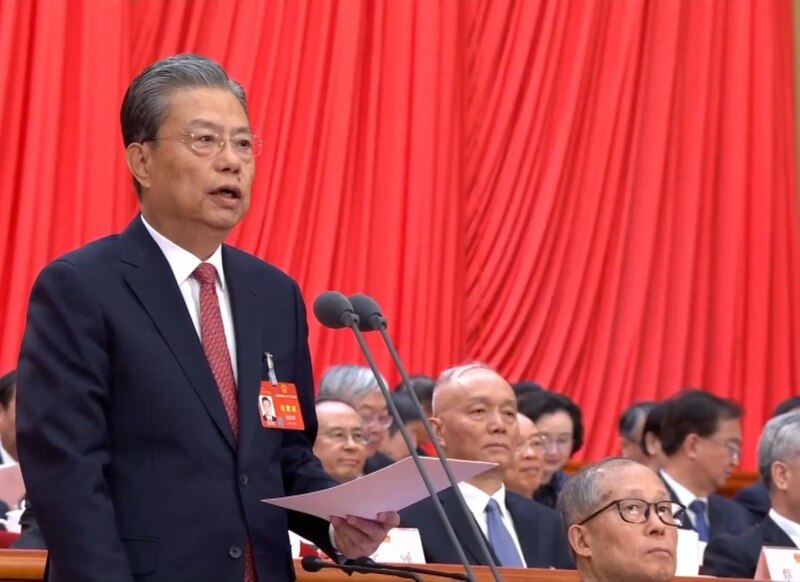
China's release of its latest official national map has stirred controversy and opposition from neighboring countries, including India, Malaysia, Vietnam, Taiwan, and the
Philippines. The map asserts territorial claims over significant portions of the South China Sea, based on the "nine-dash line" doctrine, a claim that has been rejected by an international tribunal.
China's Ministry of Natural Resources published the 2023 edition of its national map on August 28, emphasizing the disputed territorial claims. The nine-dash line includes areas contested by multiple countries in the South China Sea, sparking concerns and objections from the affected nations.
The Philippines denounced China's actions, stating that such territorial claims have no basis in international law, specifically citing the 1982 United Nations Convention on the Law of the Sea (UNCLOS). Vietnam similarly rejected any claims based on the nine-dash line, emphasizing the importance of adhering to international norms.
Malaysia rejected the map, asserting that it has no binding effect on the country and contests China's unilateral maritime claims in the South China Sea, including regions extending into Malaysian maritime areas.
Taiwan reiterated its sovereignty and independence, emphasizing that it is not affiliated with the People's Republic of China, rejecting China's claims over the island and its outlying territories.
China's new map has also raised concerns regarding its territorial claims in areas such as Arunachal Pradesh and the Aksai Chin plateau along its border with India. India strongly protested these claims, asserting that they have no basis and complicate the resolution of the boundary dispute.
These developments come amid ongoing tensions and border disputes between China and its neighboring countries, posing challenges to regional stability and diplomatic efforts.




































